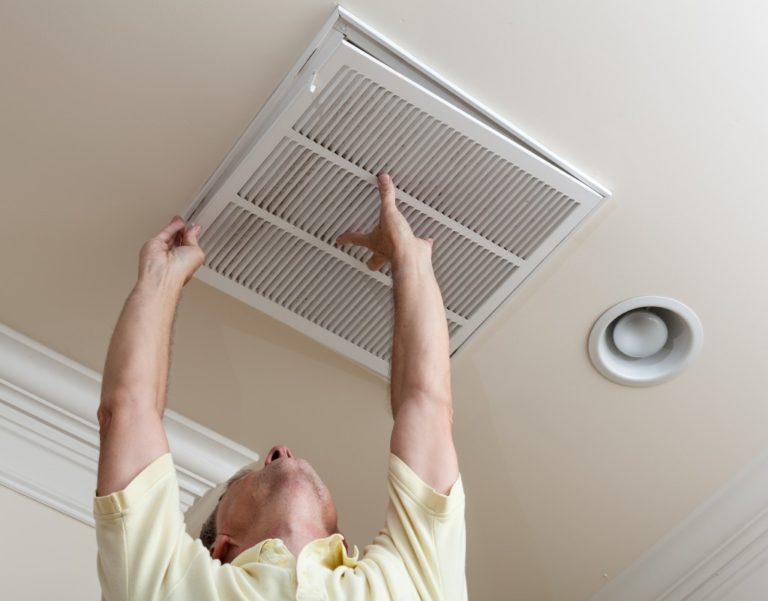You can’t see it, but you can smell it: the air inside your home. Most of us are exposed to pollution outdoors, from motor vehicle emissions to wind-blown dust, so we take shelter inside our homes. But now that a lot of people are spending more time indoors than outdoors, thanks to the pandemic, it’s also essential to pay attention to indoor air quality.
According to the Environmental Protection Agency, the level of air pollutants indoors is two to five times higher than that of the outdoors. And with you being exposed to indoor air for almost 24 hours a day, this can seriously harm your health without you even noticing.
Fortunately, you can detect and do something about the causes of indoor air pollution. Discover what causes poor indoor quality and what to do about them below.
1. Mold and mildew
Mold grows when there’s too much moisture in the air. This usually happens in warmer months, so mold growth is prevalent in the summer. Not only is this an eyesore, but mold growth also contains microscopic spores that mixes with the air you breathe. Extended exposure to moldy air can result in respiratory problems.
Control the level of humidity using a dehumidifier and air purifier inside your home. The former lowers the level of moisture in the air while the latter removes stray spores and other potentially harmful airborne particles.
2. Cigarette smoke
Is someone a smoker in your family? While cigarette smoking in itself can result in several health problems, it also pollutes indoor air. The smoke from a single stick has hundreds of toxic substances that can permeate the air.
Clear the air by opting to smoke outside. If smoking inside can’t be helped, make sure your air purifier is on or smoke by an open window.
3. Carpet fumes

You might not know it, but the carpet you’re using might be releasing toxic fumes. Installing a new carpet requires a significant amount of glue on its vinyl backing. The glue and the vinyl undergoes “off-gassing,” a period of a few months to a few years where the carpet releases toxic chemicals in the air.
If you have other flooring options, you can prevent inhaling toxic fumes from carpet installation. You can also opt for area rugs, which can give you the same texture as carpets.
4. Poor ventilation
Sometimes, the air in your home becomes stale and filled with various pollutants due to poor ventilation. This happens when your ventilation system fails to circulate indoor and outdoor air properly. As a result, you breathe in stale air and whatever pollutants it carries.
Prevent this from happening by making ventilation a part of your weekly household check. With a proper ventilation system, not only will the airflow improve, but you can also reduce the level of pollutants indoors.
These are only four of the many other causes of poor indoor air quality, including fumes from your chemical supplies and cookware. Watch out for these culprits so you can do something about them right away and ensure that your indoor air remains clean.

